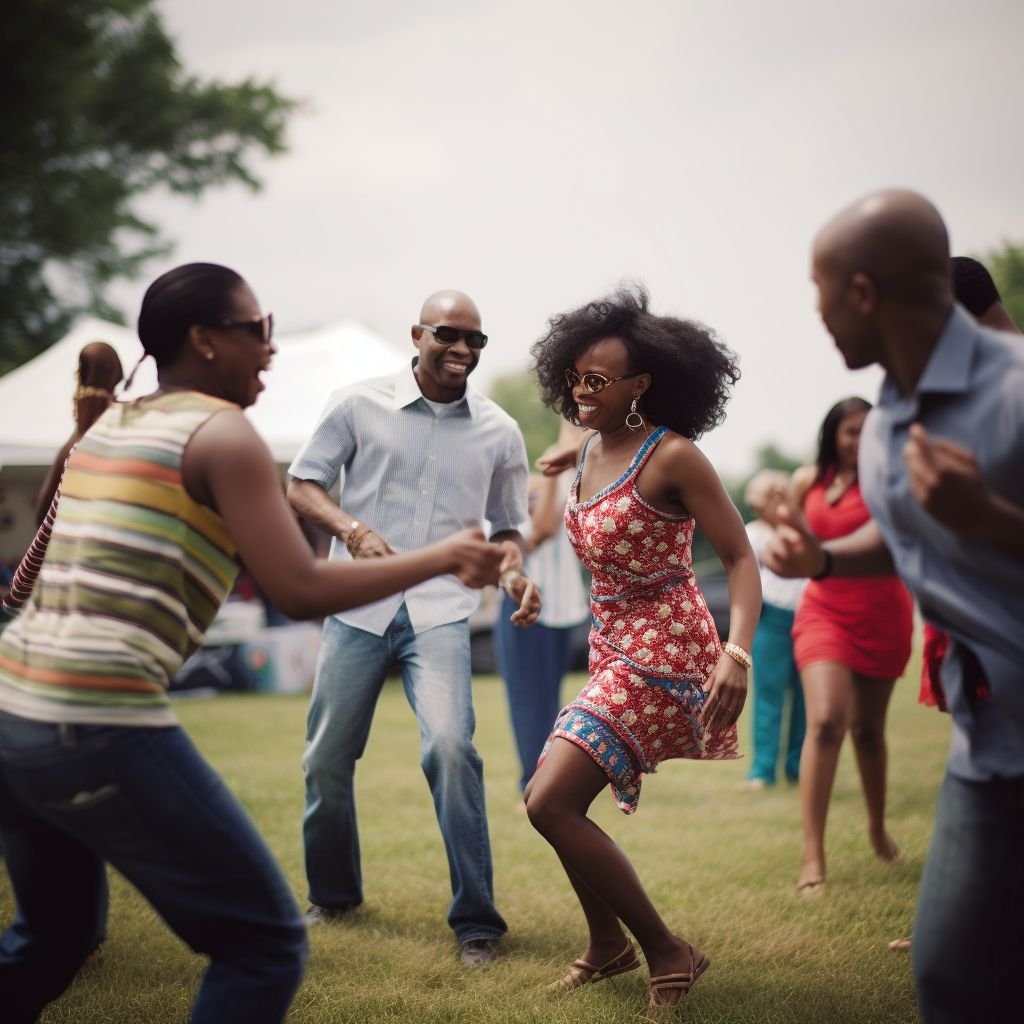When men travel abroad, their social success often has less to do with money or looks than with how they carry themselves. Confidence is a universal language, and one of the fastest ways to broadcast it,without saying a word,is through dance. For centuries, cultures around the world have used dance not just as entertainment but as a form of courtship, bonding, and self-expression. For Western men traveling overseas, learning how to move on the dance floor can transform the way they are perceived in dating and social settings.
1. Dance as a Social Shortcut
In many countries, dance isn’t an optional pastime,it’s central to the culture. In Latin America, salsa and bachata are woven into daily life. In West Africa, dance is tied to tradition, identity, and masculinity. In Eastern Europe, folk dances and modern clubs alike use movement as a way to break down barriers.
For foreigners, stepping into this world of movement can act as a shortcut to belonging. While learning the local language takes years, picking up the basic rhythm of a cultural dance can open doors immediately. It shows respect, adaptability, and willingness to participate in the culture on its own terms.
2. Why Women Notice a Man Who Can Dance
In evolutionary psychology, movement and rhythm have long been associated with health and vitality. A man who dances well communicates control over his body, coordination, and a sense of presence. In many cultures, women use dancing as a way to test a man’s confidence before they give him attention outside the dance floor.
A stiff, awkward presence signals insecurity. A relaxed, rhythmically aware presence communicates confidence. Overseas, this difference is amplified because dance often serves as the first bridge between strangers in nightlife and festival environments.
3. Masculinity in Motion
Many Western men grow up in cultures where dance is seen as either feminine or simply optional. Overseas, that mindset can put you at a disadvantage. In countries where dance is culturally expected, refusing to engage can come across as aloof, disinterested, or worse,socially cold.
By embracing dance, men can project a different form of masculinity: one that is bold, expressive, and socially magnetic. This doesn’t mean being the most skilled dancer in the room,it means being unafraid to step forward, move with confidence, and enjoy the moment without embarrassment.
4. The Confidence Feedback Loop
One of the hidden benefits of dancing abroad is the confidence feedback loop it creates:
- You try – you take the first step onto the floor.
- You connect – locals appreciate your effort, women engage, and energy shifts.
- You improve – each attempt refines your rhythm and removes stiffness.
- You gain confidence – success on the dance floor carries over into conversations, dating, and everyday interactions.
The dance floor becomes a training ground for overcoming self-consciousness.
5. Practical Steps for Men Traveling Abroad
Learn the basics before you go: Salsa, bachata, or kizomba classes at home give you a head start.
- Say yes when invited: If a local woman or group asks you to dance, accept,even if you’re not perfect.
- Focus on rhythm, not tricks: Women often care more about presence and timing than flashy moves.
- Stay teachable: Locals respect men who let themselves be corrected or guided without ego.
- Use dance to start conversations: A few minutes on the floor often leads to social opportunities you wouldn’t get otherwise.
6. Beyond the Dance Floor
The lessons gained through dance extend far beyond nightlife. Men who embrace movement abroad often report:
- Greater ease in social situations.
- Increased openness to cultural exchange.
- Stronger ability to express charisma without relying only on language.
For a man living overseas or even just visiting dance becomes more than entertainment. It becomes a cultural passport and a confidence-building tool.
Final Thought
For Western men, especially those entering new social and dating environments abroad, the ability to dance is less about choreography and more about psychology. It’s about showing presence, enjoying life openly, and demonstrating that you’re not afraid to be seen. In cultures where dance is central, that single act can elevate how locals and women in particular view you.
If travel teaches us anything, it’s that confidence speaks in many forms. And sometimes, the strongest voice doesn’t come from words at all, it comes from rhythm.













